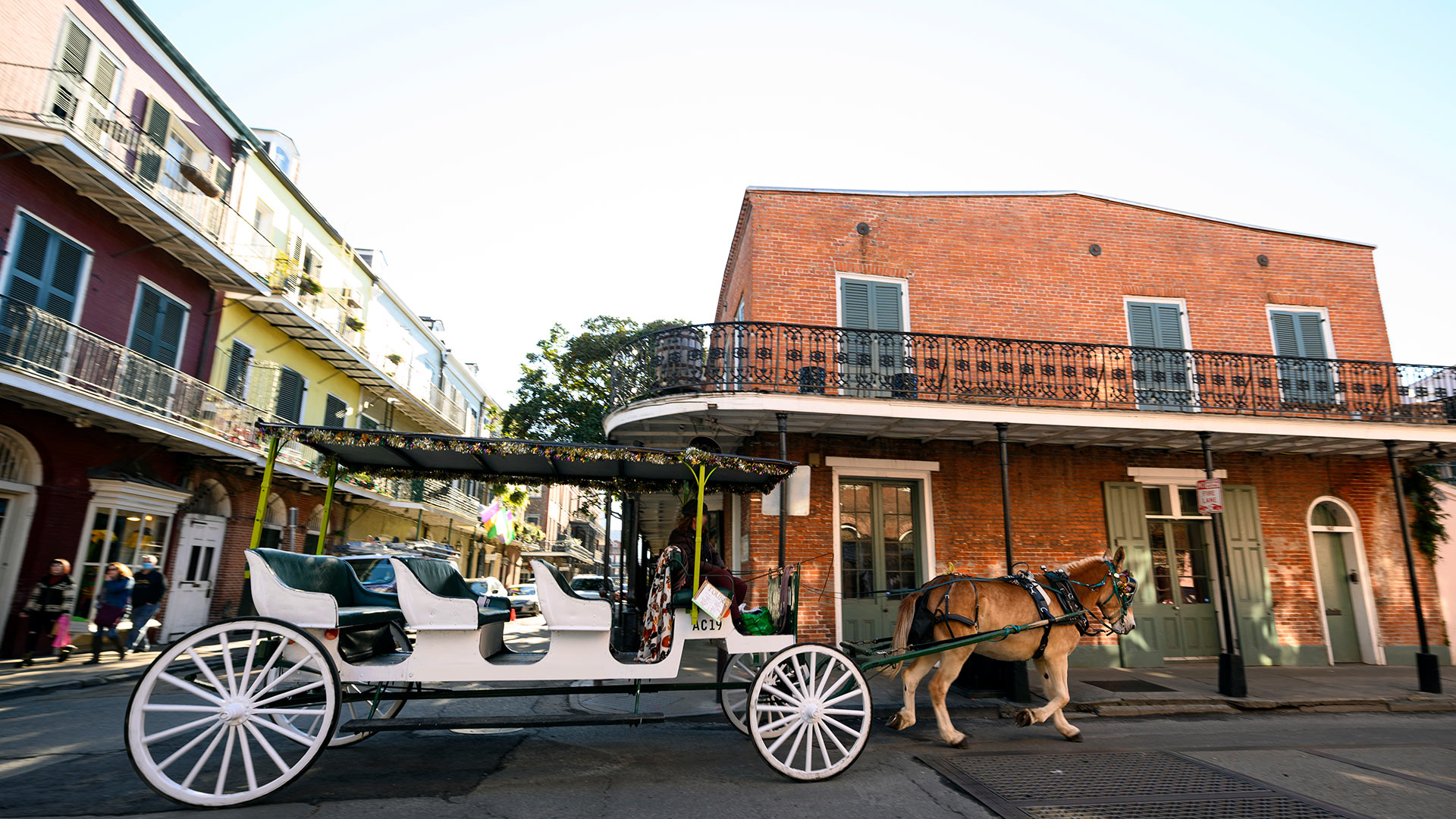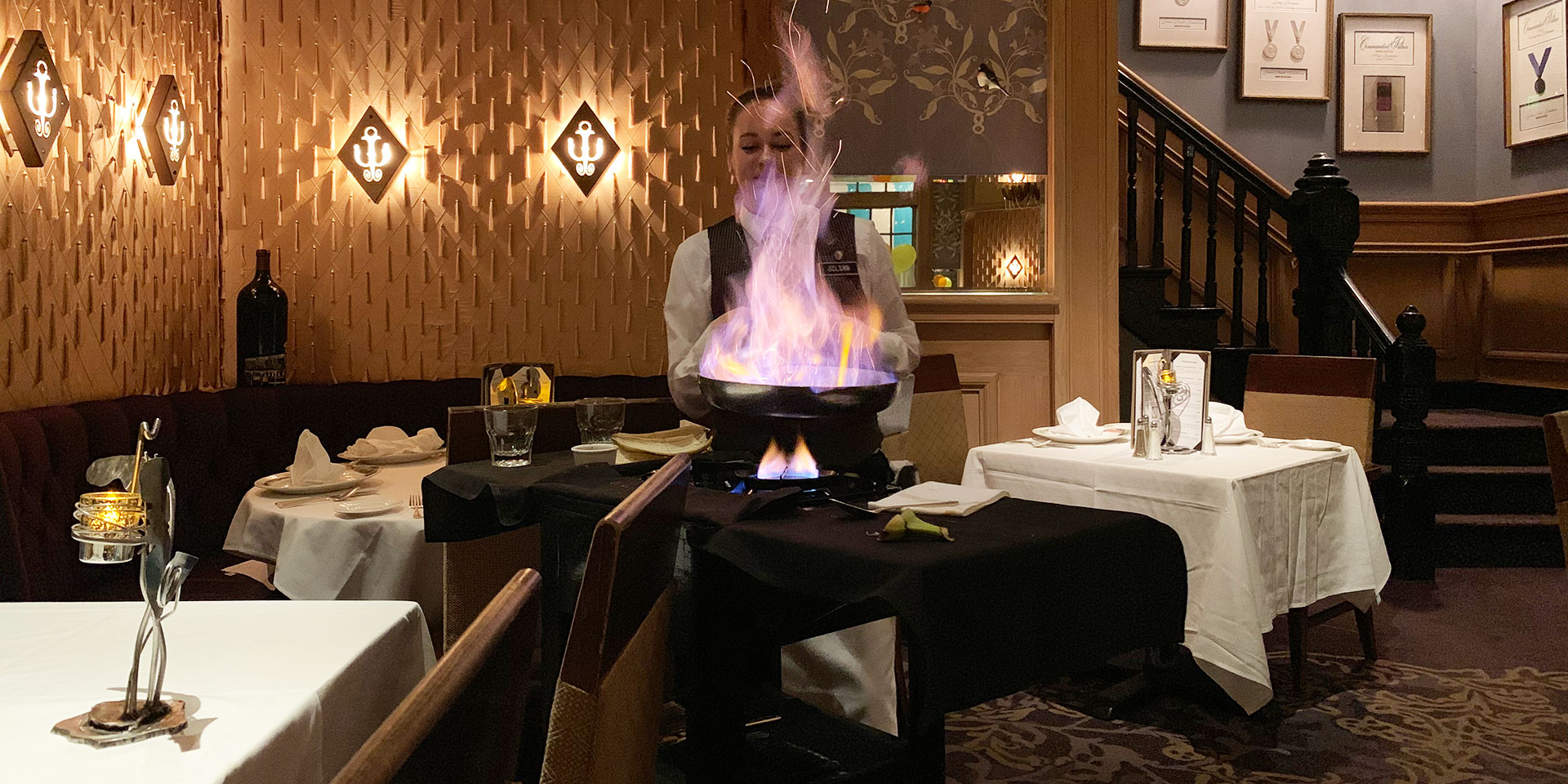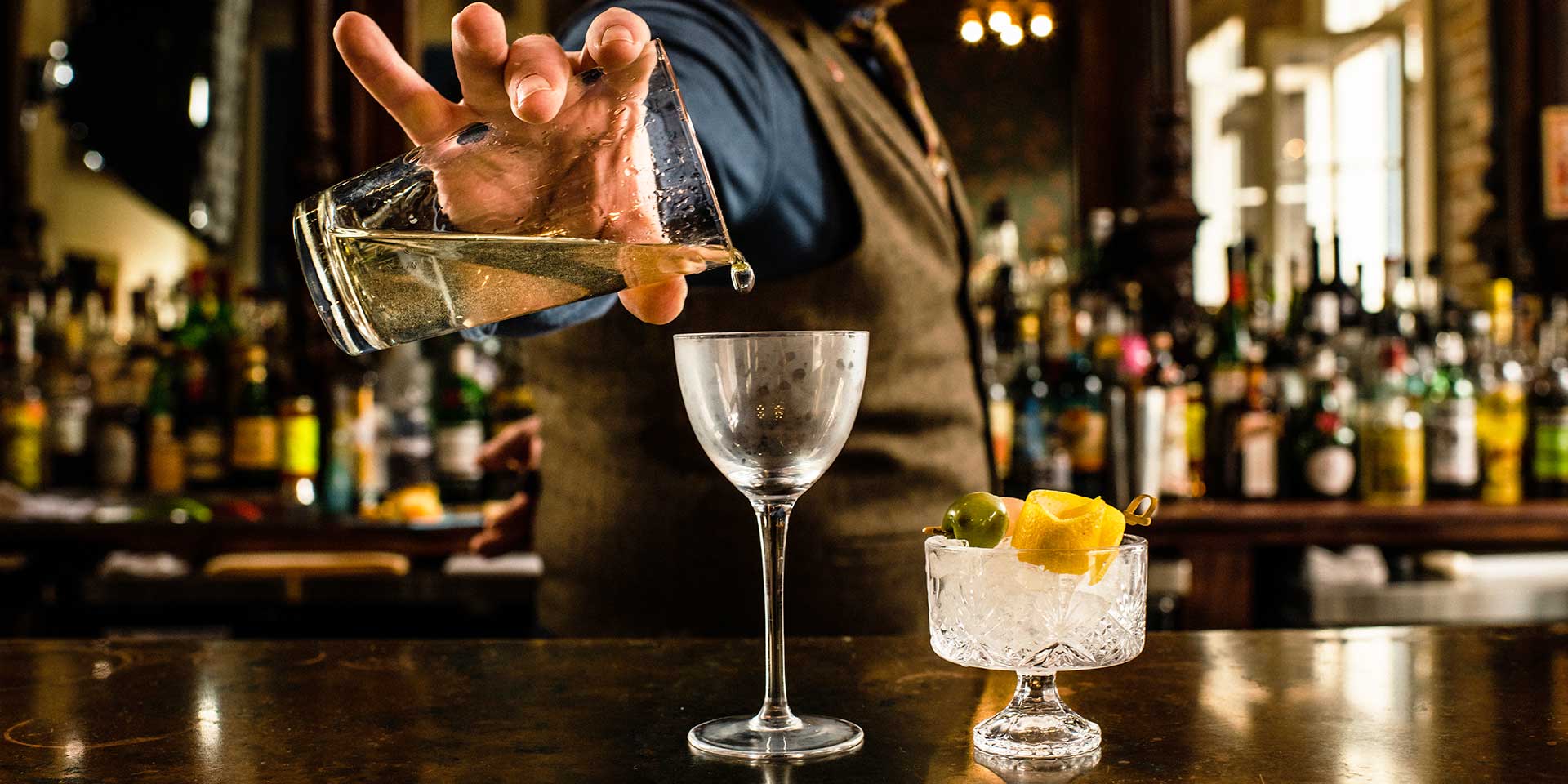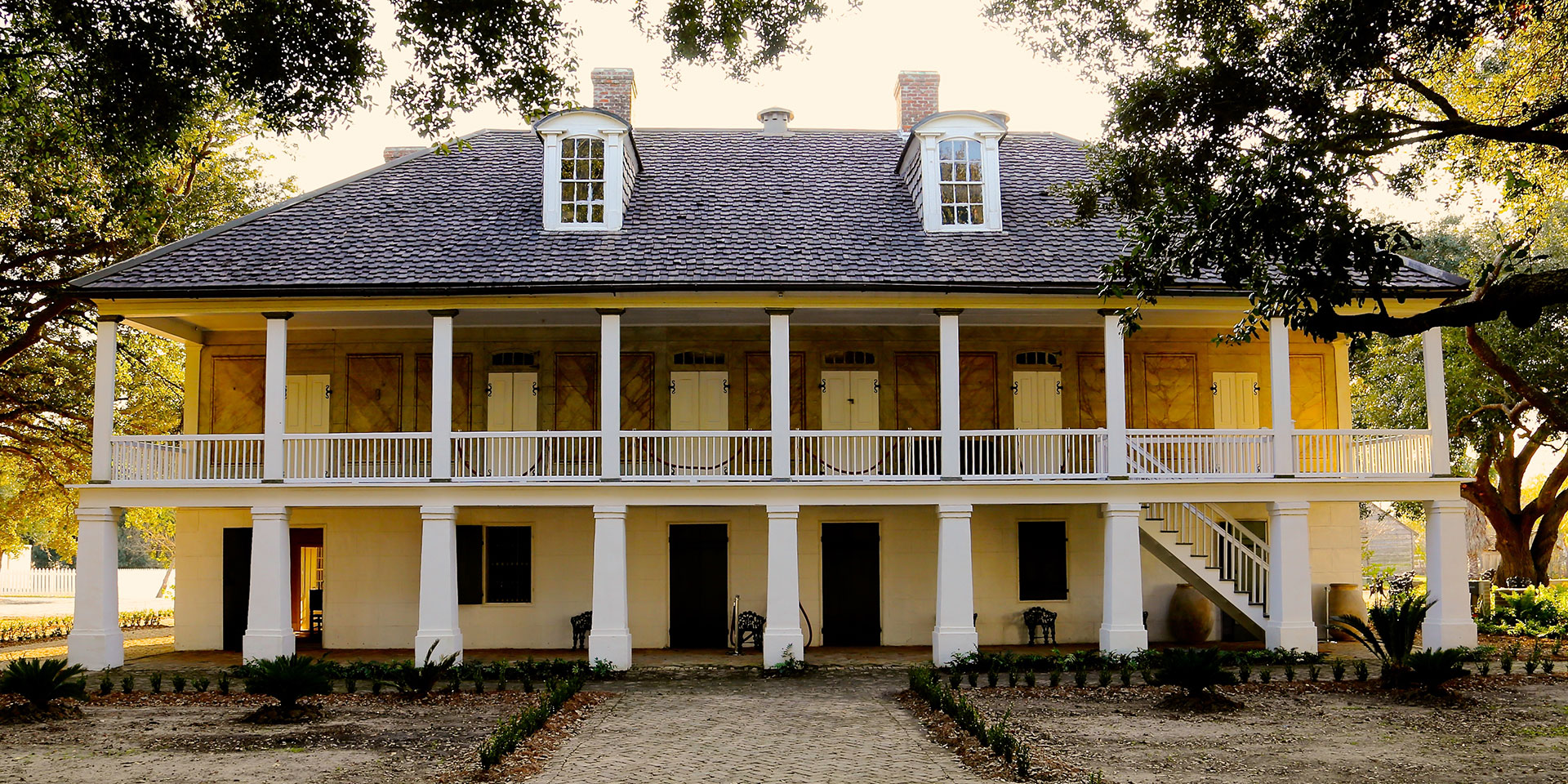
Learn more about the history of the South at the Whitney Plantation. (Photo: Courtesy of Whitney Plantation)
New OrleansStep Back in Time on a Tour Through NOLA’s Historic Past
By Beth DAddonoNew Orleans is like no other place in America. It’s a city formed by the superstitions, traditions and history of Creoles, Spaniards, French, Irish, Italians, enslaved Africans and free people of color.
The authentic experiences to be had are driven by independent thinkers, creative spirits and nonconformists, and most shops, watering holes and feasting emporiums are locally owned.
If you’re the curious sort, cast a fresh eye on these historic sites around town to dig a little deeper into what is possible in a place haunted by ghosts and voodoo, jazz greats and dreamers, makers of art and worshipers at the altar of excess.
Wander the Historic French Quarter
The French Quarter is the beating heart of New Orleans. From its old-world spirit to its cobblestone streets and faded elegance, the Quarter stands alone.
The absolute best way to explore the 120 jazz-soaked blocks rich with Spanish, French, Creole and American architecture is on foot, a wander that delivers the pleasure of lush courtyards glimpsed through wrought-iron gates and jasmine scented air so sweet it intoxicates.
Giddyup Bessie on a Mule-Drawn Carriage Ride
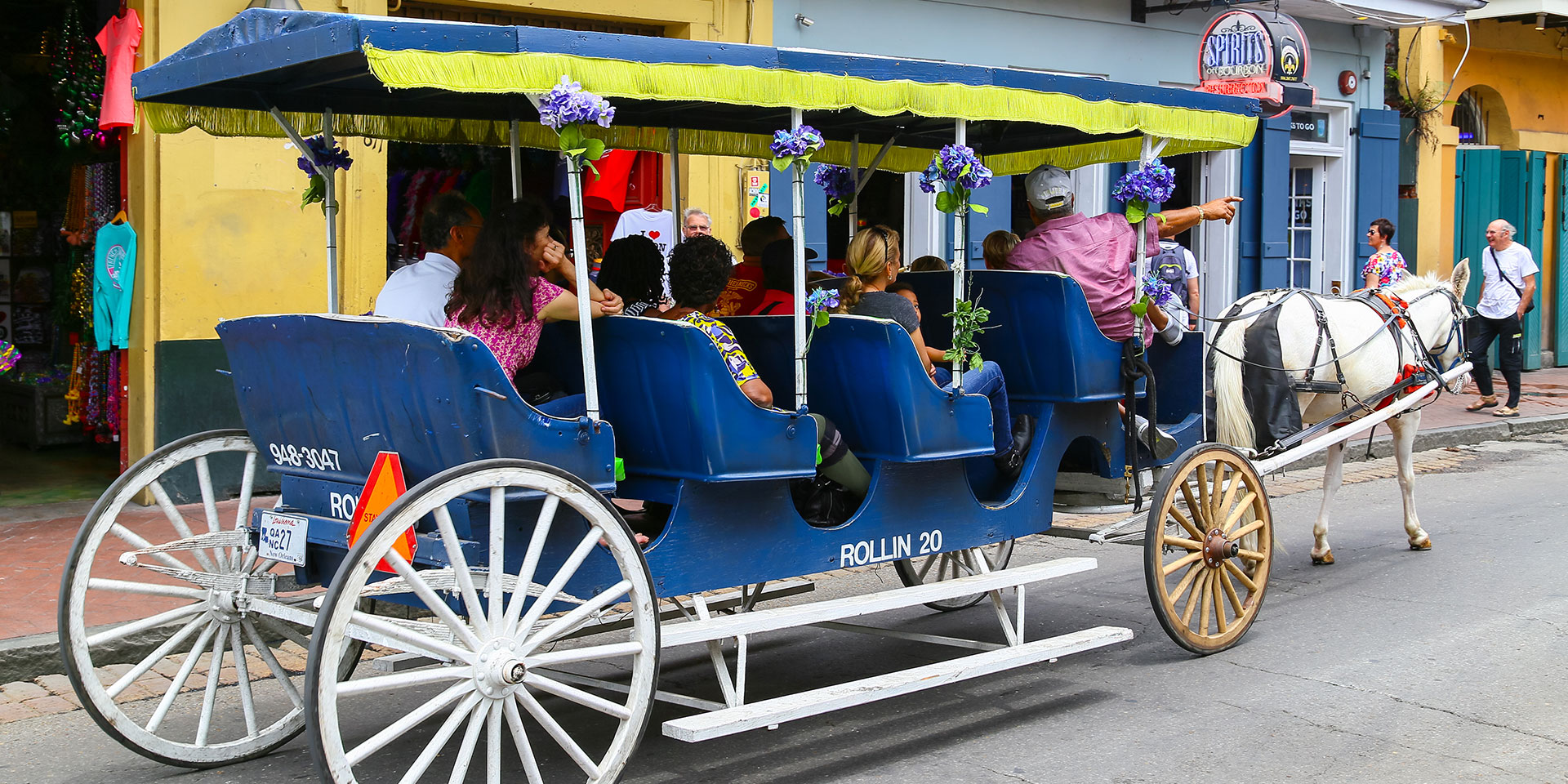
Jackson Square, a leafy park that’s always buzzing with activity, is the epicenter of street busking and sidewalk art in the French Quarter.
Facing the Mississippi and directly across from St. Louis Cathedral, the Square is named for Andrew Jackson, whose statue sits him astride a rearing steed. Wander the square and rub elbows with artists en plein air, musicians, street performers and tarot card readers.
Mule-drawn carriages line up on the Decatur side of the square, ready to chauffeur you on a tour around town.
Order a Sazerac at Sazerac Bar
Cocktail wags largely agree that the Sazerac is one of the oldest examples of the American cocktail.
Smoky, slightly sweet, with just an insinuation of bitterness, the drink itself is downright simple.Good rye whiskey, Peychaud’s bitters, sugar, a chilled glass rinsed with Absinthe and a healthy dose of oil from a wide ribbon of lemon peel sets the stage for perfection.
Worship at the altar of Sazerac at the impeccable Sazerac Bar in the gorgeous Roosevelt Hotel, where the original 19th-century recipe is favored.
Travel Back in Time with the Historic New Orleans Collection
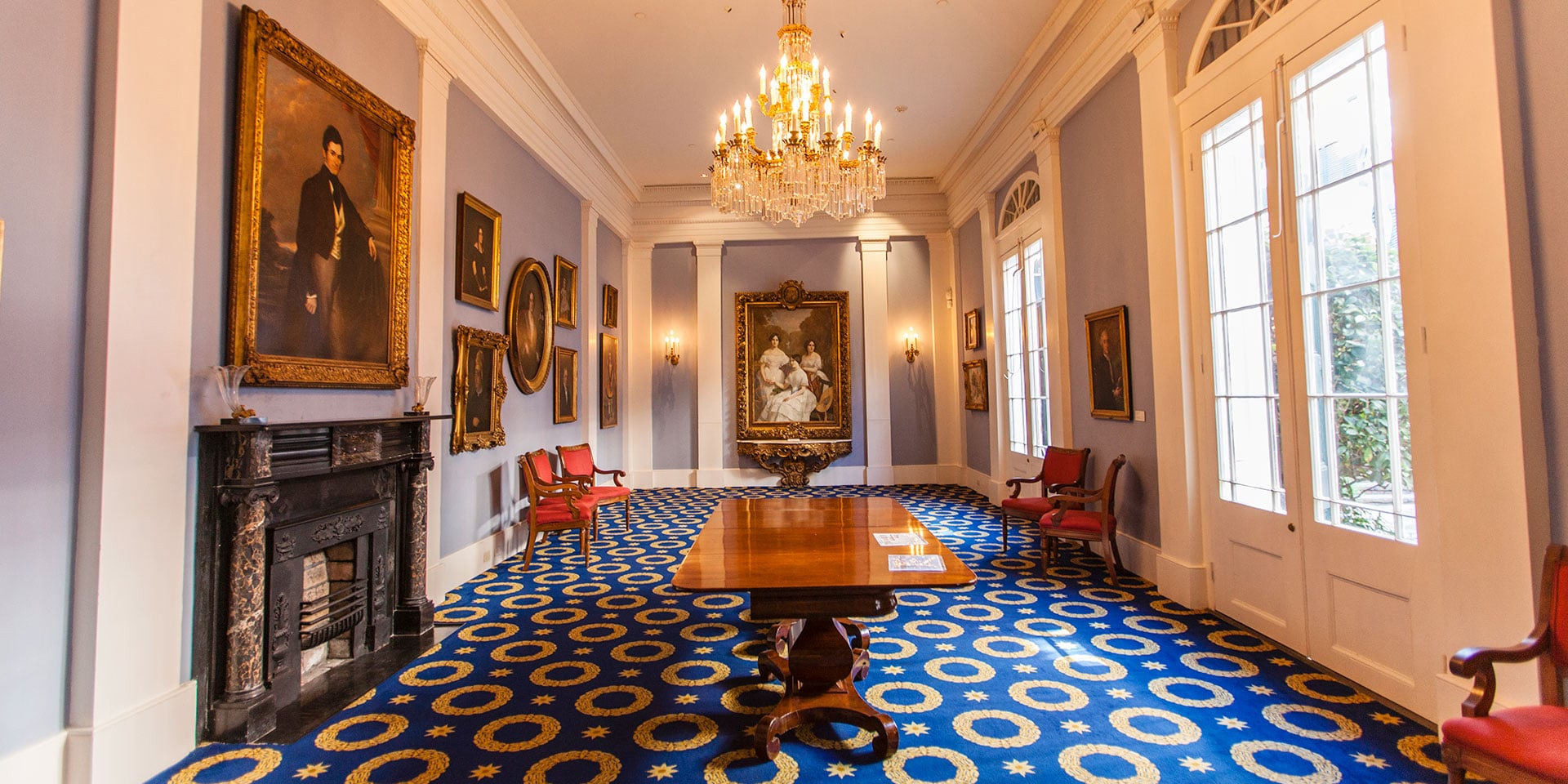
The Historic New Orleans Collection, a museum, research center and publisher, connects the dots of more than three centuries of city lore. It was founded in 1966 to preserve the history and culture of New Orleans and the Gulf South.
The Collection includes an impressive staffed research center with an emphasis on rare books, maps and plans relating to the Battle of New Orleans. Don’t bypass the shop. It’s one of the best places to buy New Orleans–themed gifts.
Dive into History at Chalmette Battlefield
If you’re like most people, what you know about the Battle of New Orleans came from a history book. But just seven miles downriver is where it all happened, at the Chalmette Battlefield, and it’s worth a visit.
Start at the visitor center, where an excellent video recounts the battle; afterward, drive or walk the 1.5-mile road leading past recreated defenses extending from the Rodriguez Canal at the Mississippi River to what was then the tree line of the cypress swamp at the northern end of the battlefield.
The United States Civil War Chalmette National Cemetery is next to the battlefield, honoring Civil War soldiers who died on both sides.
Channel the Antebellum Past on a Plantation Tour
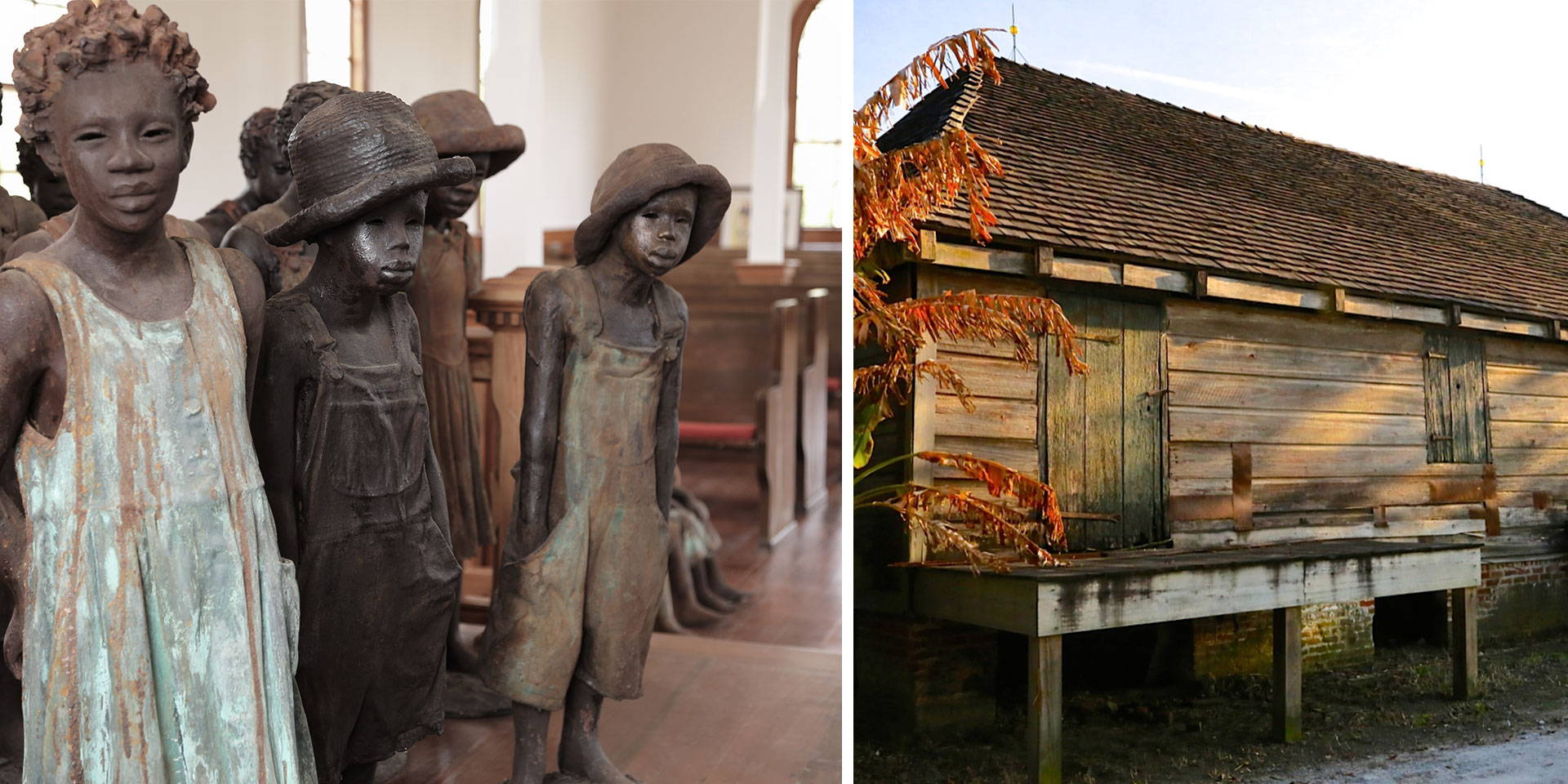
Harking back to the days when cotton was king, the antebellum plantations along River Road are portals to a bygone past. Each plantation tour offers stories told from varying perspectives, from Creoles at Laura, A Creole Plantation to the enslaved Africans at Whitney Plantation.
For sheer beauty, pay a visit to Houmas House Plantation and Gardens 45 minutes from New Orleans. A columned Greek Revival mansion straight out of Gone With the Wind, Houmas House, completed in 1840, is a stunner, with a fine restaurant, gorgeous gardens and a lovely alley of live oaks.
Roll along on a New Orleans Streetcar
The bright-red or leafy-green New Orleans streetcar is the iconic mode of getting around the Crescent City. Tickets are just $1.25, but the experience, the timelessness of the rustic streetcar traveling down the track, is beyond measure.
In a city loaded with historic references, the streetcar holds its own as the oldest continually operating street railway system in the entire world, moving city-goers from place to place since the 19th century.





